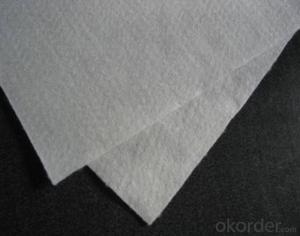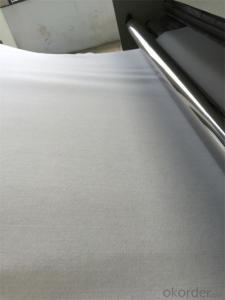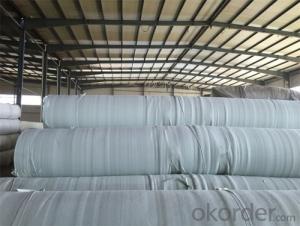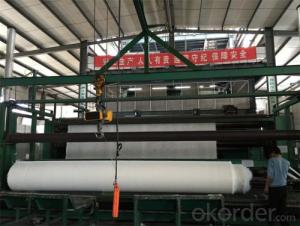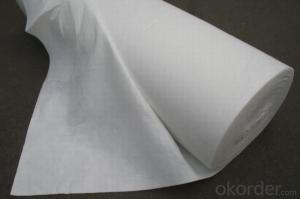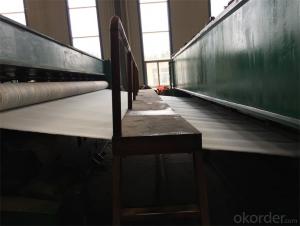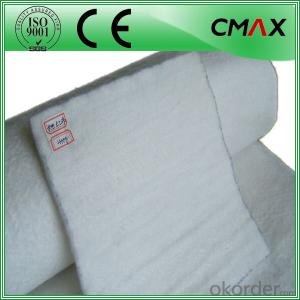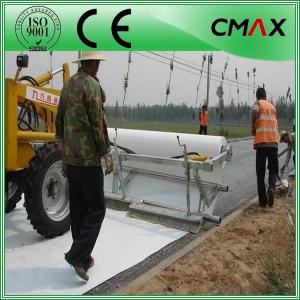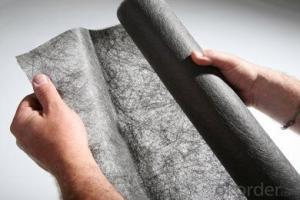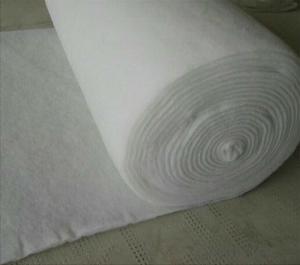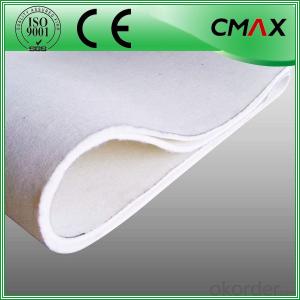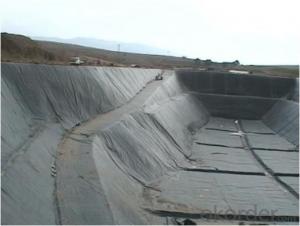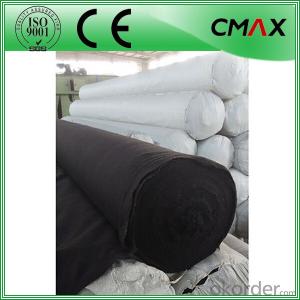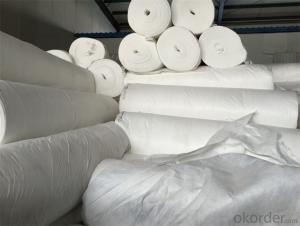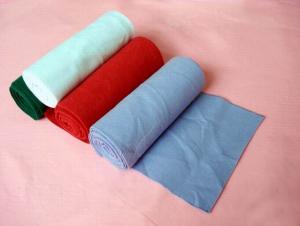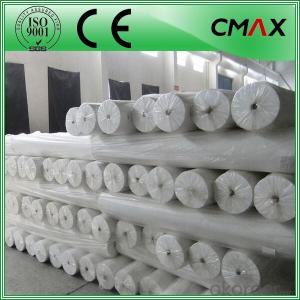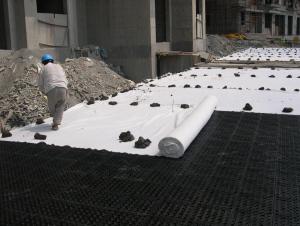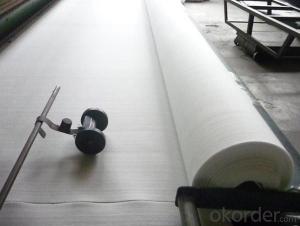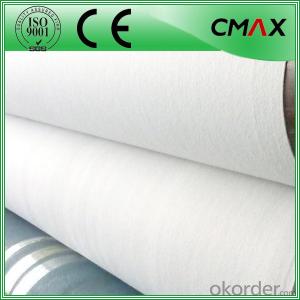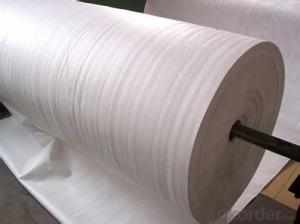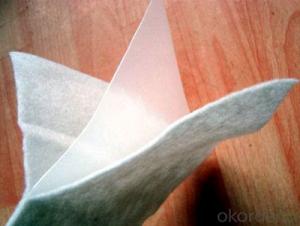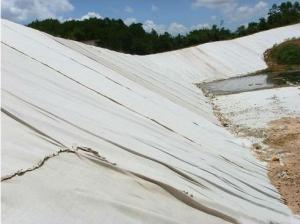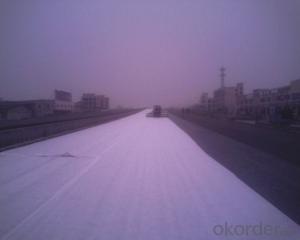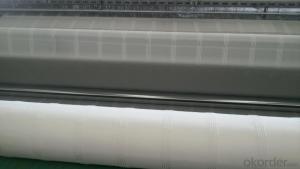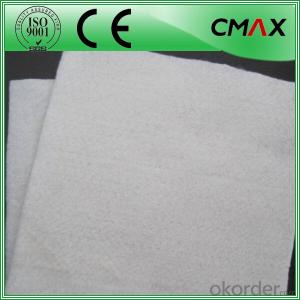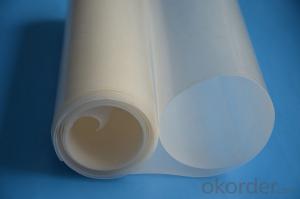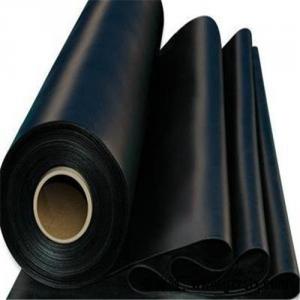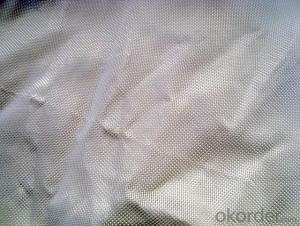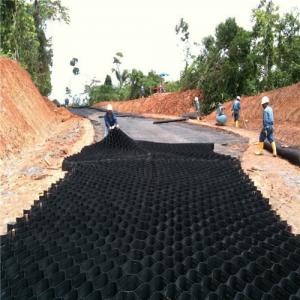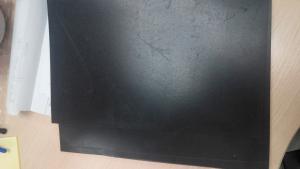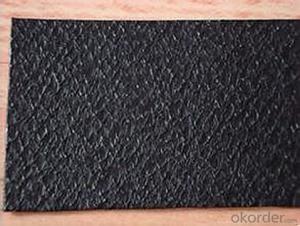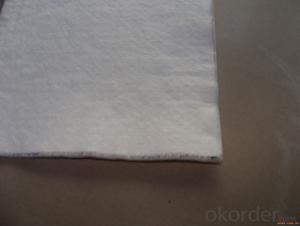Mirafi 160n Nonwoven Geotextile
Mirafi 160n Nonwoven Geotextile Related Searches
Calorific Value Of Petcoke Geotextile Mesh Nonwoven Wallpaper Geotextile Woven Dan Nonwoven Terram Geotextile Membrane Geomembrane Geotextile Mirafi 160n Nonwoven Geotextile Nilex Nonwoven Geotextile Geotextile Wrap Jute GeotextileHot Searches
China Pvc Geomembrane China Geomembrane Roll Sheet China Geomembrane Geomembrane China Bidim Geotextile Price Geomembrane Price Geotextile Fabric Cost Per Square Foot Geomembrane Factory Geotextile Membrane Suppliers Geomembrane Market Size Wholesale Liner Geomembrane Composite Shingles Cost Geomembrane Liner Supplier Wholesale Geomembrane Geomembrane Products Geomembrane Liner Manufacturers Geomembrane Liner Companies Geomembrane Manufacturers Terratex Nonwoven Geotextiles Bidim Geotextile PriceMirafi 160n Nonwoven Geotextile Supplier & Manufacturer from China
Okorder.com is a professional Mirafi 160n Nonwoven Geotextile supplier & manufacturer, offers integrated one-stop services including real-time quoting and online cargo tracking. We are funded by CNBM Group, a Fortune 500 enterprise and the largest Mirafi 160n Nonwoven Geotextile firm in China.Hot Products
FAQ
- nan
- Reciprocating diaphragm pump is powered by electromotor, driving bent axle, connecting rod and crosshead through coupler and speed reducer to transfer rotational motion into rectilinear motion, and driving piston in reciprocating motion, transferring hydraulic pressure into hydraulic cylinder diaphragm chamber through hydraulic pipe. When piston move backward, it will absorb the diaphragm in diaphragm chamber backward by means of oil medium. Open feed valve with the help of pulp inlet intrusion (feeding) pressure, and then absorb pulp to fill diaphragm chamber. When piston moves forward, it will push the diaphragm in diaphragm chamber forward by means of oil medium. Start bleeder valve to transport pulp to outlet pipe. The reciprocating motion of piston makes the start and stop of suction anddrainage valve in pump head assembly reach the purpose of conveying medium.
- nan
- The plastic?drainage?plate, also known as the plastic drain with several shapes of wavy type, Harmonica type, and so on. The middle is an extruded plastic core, skeleton and channel drainage belt, which is parallel cross section was discharged on both sides in a non-woven geotextile fabric wrap for the filter layer, the core band play a supportive role and the filter layer of water seeping up , silt, silt soil quality, and other saturated hydraulic fill filling viscous and miscellaneous drainage consolidation method using soft foundation treatment good vertical channels, greatly reducing the soft soil consolidation time.
- Geomembranes perform well in high humidity liquid containment applications. They are designed to be impermeable to liquids, including water vapor, and have low water vapor transmission rates. This allows them to effectively contain liquids and prevent moisture from permeating through the membrane. Additionally, geomembranes are resistant to degradation and have high tensile strength, which further enhances their performance in high humidity environments.
- nan
- What is the uses of diamond film ? 1, superhard coatings and CVD diamond abrasives of cutting tools2, high temperature resistant semiconductor power devices, anti-radiation devices, high voltage devices, microwave power devices and high-power millimeter-wave amplifier 3, CVD diamond powder produced sintered body 4,coated diamond film graphite fiber-reinforced composite material can be applied to produce substrate and components that is anti shock and heat resistant. 5, 6 speaker vibrating coatings, high-intensity light-transmitting material that is thermal shock resistance, including high power laser windows. 7, X-ray window 8, magnetic and optical disks coating, millimeter-wave wireless enclosures. 9, the surface coating of optical substrate and components10 efficient acoustic transducer, an acoustic mirror. 11, a semiconductor laser and high power integrated circuit heat dissipation substrate and high power IC 12, use of far ultraviolet absorption edge and high thermal conductivity produced sensor.
- Yes, geomembranes can be used in underground construction projects. They are often used as a barrier to prevent the migration of liquids or gases, such as water or contaminants, in tunnels, basements, and underground storage facilities. Geomembranes provide a waterproof and durable solution to protect structures from potential leaks or damage.
- nan
- The best one which your fingerprint will not leave on is the frosted film. Figerprints will more or less leave on other films like tempered film, high definition film and diamond film. You can also smear your hand with glue. If you just don't want to leave fingerprints on the screen, you can only apply the glue on the index finger.
- nan
- 1. The temperature should be above five degrees Celsius. Geomembrane should generally be intense under low temperature while under high tempetature it should be loose. 2. The wind is Category 4. 3. In low temperature, Category 4 wind, snowy and rainy days, it cannot be constructed. 4. Weather will affect the construction and welding of geomembrane. HDPE geomembrane should be covered by sand bags.
- Some important design considerations for geomembranes in floating covers include the durability and puncture resistance of the material, its compatibility with the liquid or gas being contained, its ability to withstand environmental factors such as ultraviolet (UV) radiation and temperature variations, and the anchoring and attachment methods to ensure a secure and effective installation. Additionally, the geomembrane should be selected based on factors such as the expected lifespan of the floating cover, the required impermeability, and any specific regulations or industry standards that need to be met.


